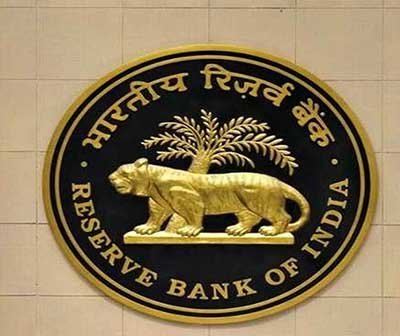Relevance: GS-3: Indian Economy and issues relating to planning, mobilization, of resources, growth, development and employment
Key Phrases: Financial Inclusion, Digital Inclusion, Cooperative Bank, Mahila Sewa Sahakari Bank, Gender Empowerment, Digital Divide, Man Deshi Mahila Sarkari Bank
Context:
- Shri Mahila SEWA Sahakari Bank has been in existence for over four decades.
- Even so, such banks have to walk the extra mile to understand the credit needs of the people at the bottom of the pyramid.
Characteristics of Ideal Banking:
- Banking should be simple and based on mutual trust.
- Banks should spend time overhauling their operations, be it for application of a small loan or a more complicated product like micro-insurance or pension.
- We need products, but we should not lose focus of the processes.
Do you know about Cooperative Banks?
- A Co-operative bank is a financial entity which belongs to its members, who are at the same time the owners and the customers of their bank.
- It is registered under the State’s Cooperative Societies Act or Multi State Cooperative Societies Act, 2002 if the area of operation is two or more states.
- They are Customer Owned Entities.
- A significant part of the yearly profit is usually allocated to reserves and a part of it can also be distributed to the members
- The Co-operative banks are also regulated by the Reserve Bank of
India (RBI) and governed by
- Banking Regulations Act 1949
- Banking Laws (Co-operative Societies) Act, 1955.
Status of Financial Inclusion:
- Gaps in Financial Inclusion:
- The National Family Health Survey Round 5 (2019-2020) reveals that 77.4 per cent of rural women have a saving bank account.
- Yet, there are gaps when it comes to financial inclusion of women.
- Higher Loan Rejection Rate:
- In rural areas, the loan rejection rate for women-owned enterprises is 2.5 times higher than for men.
- Digital Divide:
- This divide is equally significant in the digital financial inclusion space where 20 per cent of rural women have reported owning debit and credit cards compared to 64 per cent of men.
- Accessibility to Mobile Phones:
- Their accessibility to mobile phones is 20 per cent less than that of men, and as for the Internet, is it 50 per cent lower.
- Gaps in Financial Service Delivery:
- There are many inherent gaps in delivery of financial services, particularly credit, to women in rural areas.
Consistent Efforts for Gender Equity:
- Women co-operative banks have been consistently working towards providing credit and loans to women in the low/middle-income group.
- Mann Deshi and SEWA Sahakari, as women led co-operative banks, have converted financial inclusion into a strong and profitable business proposition, meeting an array of financial needs of rural women and their families through structured, well-designed products.
How to Add Efficiency to Banking Operations:
- Simplification of mobile banking
- Biometrics-based authentication
- Financial literacy
- Credit counselling
- Digital literacy
- Analysis of client's attitude and behavioural patterns
Success story of Mann Deshi Mahila Sahakari Bank:
- Small Advances:
- Mann Deshi Mahila Sahakari Bank, Pune, a women driven co-operative bank, has been providing small advances for women who have different cash-flow and livelihood patterns.
- Structuring of credit products:
- Mann Deshi has structured several credit products for rural women who have transformed themselves into micro-entrepreneurs today and have successfully paid several cycles of business loans.
- Weekly Cash Credit Products:
- The bank offers a weekly cash credit product for small vegetable vendors who need rolling cash to manage transactions in the nearby marketplace or Haats.
- It’s is one of the most sought-after services. The product was the outcome of several pilots and continuous engagement with clients.
- The credit application process in many banks is still cumbersome and so women approach Mann Deshi for buffalo/goat/chicken loans
Problems Faced by Women in Accessing Banking Services:
- Women lack ownership to assets and control over their finances.
- Weak land titles
- Lack of collateral entitlement to family assets
- Lack of guarantor
- Poor access to mobile and technology weaken the progress of financial inclusion.
- Cumbersome credit application process
Role of Cooperative Banks in Deepening Financial Inclusion:
- With around 1,500 urban co-operative banks and 360 district central co-operative banks, there is huge potential for enhancing financial inclusion.
- Research shows that when women have greater access to finance, they spend productively on health, nutrition and education needs of their families.
Conclusion:
- It is crucial to cater to the differential financial needs of women to expand rural entrepreneurship and employment.
- This calls for gender disaggregated data, a larger number of women business correspondents, enhanced digital inclusion.
Source: The Hindu BL
Mains Question:
Q. What are cooperative banks. Explain the role played by them in enhancing financial inclusion and bridging the gender gap in access to financial services. (250 words).








